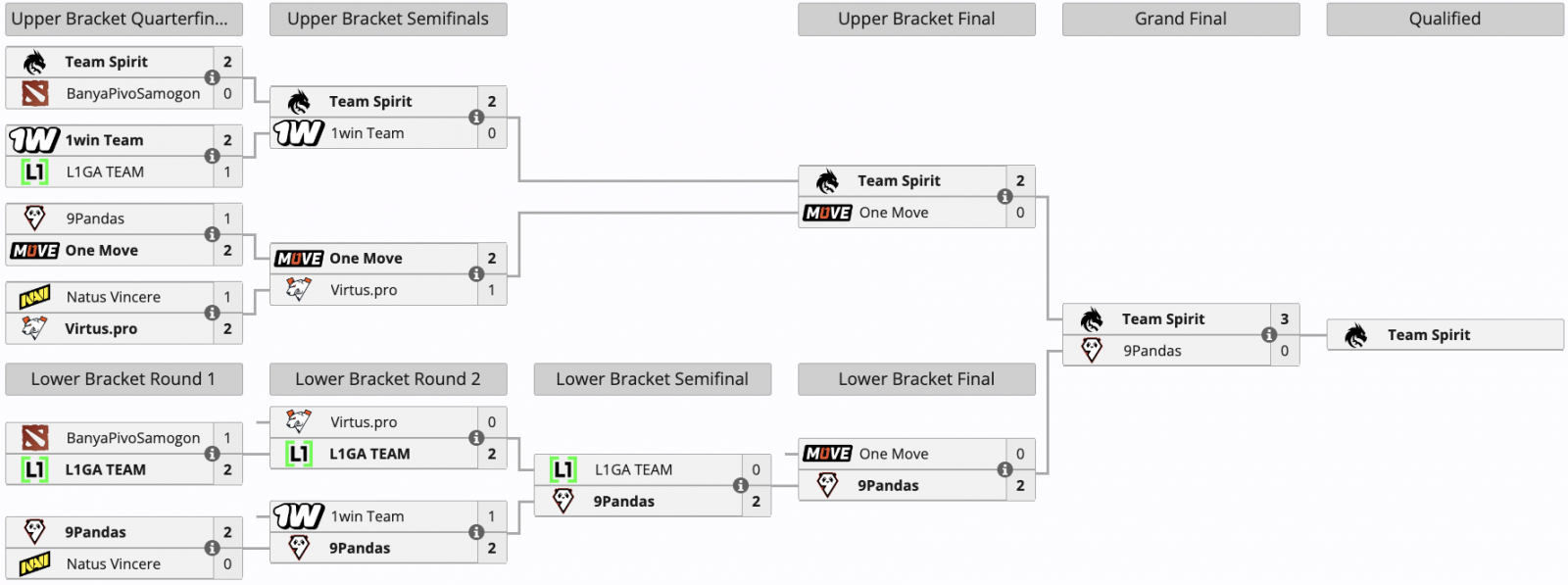In the night of April 14th, the grand final of ESL One Raleigh 2025 in Dota 2 took place. PARIVISION emerged victorious, confidently defeating Team Spirit with a score of 3:1. Team Spirit, led by Ilya `Yatoro` Mulyarchuk, had been undefeated throughout the tournament. Considering their previous encounter with PARIVISION at a past event, where PARIVISION offered little resistance, such an easy win for PARIVISION in this final seemed unlikely. However, the outcome of the grand final was largely decided during the drafting phase, where Team Spirit faltered in all three losing games.
It`s worth noting that Ancient Apparition and Ringmaster were among the most successful support heroes of the entire tournament. This is due to both their high pick rate and remarkably high win rate for such frequent picks.
The significance isn`t just in statistics, which can sometimes be misleading, but in the synergy between these two heroes. Ancient Apparition and Ringmaster create excellent draft balance together. Ringmaster is a strong early game hero, effective in lane and transitioning into an ideal setup hero in the early mid-game. Often, Ringmaster is instrumental in securing a significant portion of his team`s initial kills. He`s a hero that allows playing Dota effectively even before the carry fully comes online. Ancient Apparition, on the other hand, addresses late-game concerns. With him, eliminating any enemy core hero becomes a matter of execution, and late-game setups revolve around him.
By securing this support duo, a team ensures a playable mid-game and possesses arguably the strongest ultimate for team fights in the current meta for the late game. PARIVISION understood this, which is why they consistently picked this pair early in the draft. Why Team Spirit allowed their opponents to pick these heroes two maps in a row remains unclear.
The statistics further highlight the effectiveness of the Ancient Apparition and Ringmaster combination for PARIVISION. They were the team`s most popular and successful heroes throughout the championship. This raises questions about whether Team Spirit`s drafting priorities were optimally set.
In two consecutive maps, Team Spirit not only conceded the strongest support pairing to their opponent but also made minimal changes to their own hero picks. Across the drafts of these two lost games, there were only two variations: a position swap between Medusa and Terrorblade, and a different mid-lane hero for Larl.
Maintaining a draft concept is acceptable when that concept is effective. However, in Team Spirit`s case, it became apparent during the first map that their draft had a critical imbalance. In the mid-game, the team lacked effective tools to play. While they had a durable Medusa, a single well-executed play by the opponent was enough to break down their entire strategy. A telling moment was when PARIVISION, even without a gold advantage, played aggressively and pushed Team Spirit. They felt the strength of their draft. Just one pick-off on Yatoro was enough for PARIVISION to push down two lanes of Spirit`s base without Aegis and without a gold lead.
Team Spirit seemed to be drafting with a plan for a post-45-minute game (though it`s not certain they would have been stronger even then). But by the 35-minute mark, their opponent was dictating the game entirely, and they had virtually no answer.
The second map was equally revealing. Aside from moments where PARIVISION overextended and made minor errors, Team Spirit couldn`t initiate team fights on their terms.
While one could point to `support difference,` the issue wasn`t solely the players, even though Miposhka`s `Global Silence` in the grand final wasn`t his best. The core problem lay in the hero choices. Take Bounty Hunter, for instance – a decent hero. Moreover, Team Spirit had won frequently with him in recent months. But consider the drafts where Bounty Hunter was successful in previous championships:
These drafts illustrate how Bounty Hunter is intended to be played – aggressively, applying pressure, accumulating gold from track kills, and out-farming the opposition. These were drafts designed for proactive, front-foot Dota. Now, compare this to the grand final drafts. With whom was Rue supposed to effectively utilize Bounty Hunter? With Medusa and Terrorblade?
Team Spirit was the most versatile team at the championship, utilizing 44 unique heroes throughout the tournament. In comparison, PARIVISION, second in this metric, picked 38 heroes, despite playing more maps.
However, Team Spirit`s versatility in the grand final resembled indecision. Initially, they fixated on the Silencer + Bounty Hunter combination, despite not picking the latter even once before the final (and as discussed, his effectiveness was questionable). Then, they unexpectedly replaced Bounty Hunter with Grimstroke, a hero they had only picked once throughout the entire season.
Similar patterns emerged with other heroes. Experimentation isn`t new to Team Spirit, but in the decisive series, they began picking heroes they hadn`t used during the championship. They resorted to incorporating heroes that had worked for them in previous events, rather than those effective in the current tournament`s meta. Warlock and Terrorblade are examples of this.
Ultimately, by incorporating these somewhat `outdated` heroes from previous events into the current meta and tournament system, Team Spirit failed to create a cohesive and effective strategy, primarily confusing themselves.
Individual errors, which undoubtedly occurred, became secondary and were more likely a consequence of the flawed drafts.
PARIVISION, on the other hand, experienced their true final in the match against Tundra and, in their encounter with Spirit, simply reaffirmed their dominance in terms of stability, synergy, and meta understanding at the US championship.

